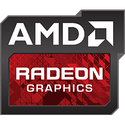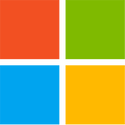Thermal Grizzly Launches New Thermal Putty Gap Fillers in Three Different Versions
Thermal Grizzly's Thermal Putty offers a premium alternative to traditional thermal pads. It is electrically non-conductive, easy to apply, and functions as a flexible gap filler that compensates for height differences. This makes it an ideal replacement for thermal pads in graphics cards. Graphics cards are typically equipped with thermal pads of varying heights from the factory. When replacing these pads or upgrading to a GPU water cooler, matching replacement pads are necessary.
TG Thermal Putty can compensate for height differences from 0.2 to 3.0 mm, making it a versatile solution. Thermal Putty can be applied in two ways. Firstly, it can be applied over large areas using the included spatulas. Alternatively, it can be applied manually (gloves are recommended). When applied by hand, small beads can be shaped to fit the specific contact surfaces (e.g., VRAM, SMD).
TG Thermal Putty can compensate for height differences from 0.2 to 3.0 mm, making it a versatile solution. Thermal Putty can be applied in two ways. Firstly, it can be applied over large areas using the included spatulas. Alternatively, it can be applied manually (gloves are recommended). When applied by hand, small beads can be shaped to fit the specific contact surfaces (e.g., VRAM, SMD).








































































